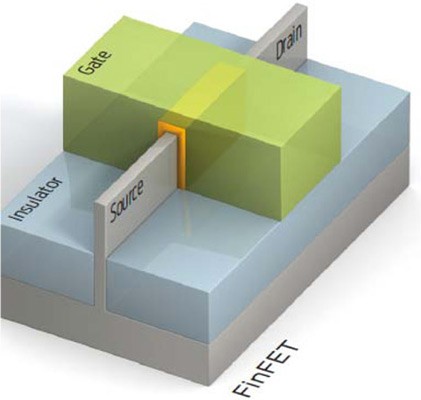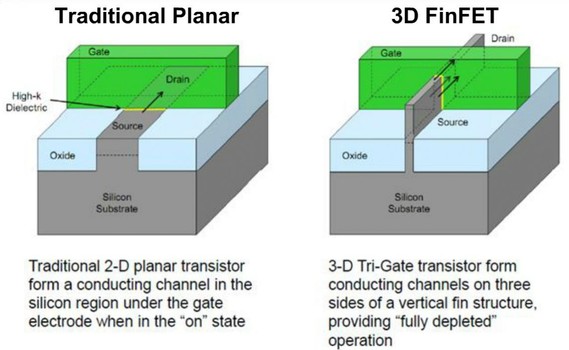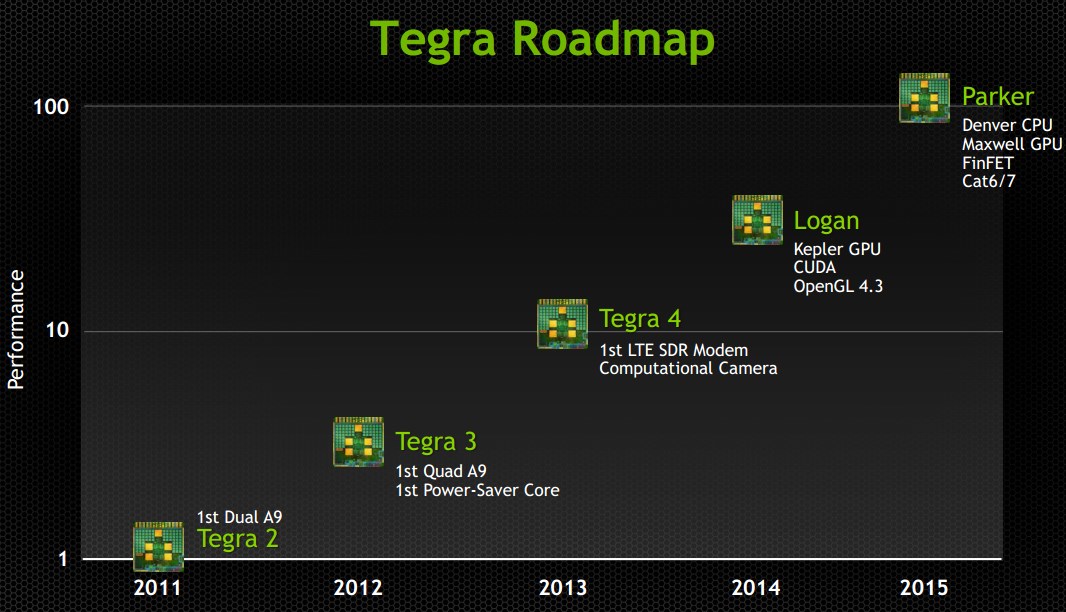TSMC, ARM Announce First 64-Bit big.LITTLE Chip Built On 16nm FinFET Process
Today, TSMC and ARM announced the results of a key validation of the 16FF (16nm FinFET) process using a Cortex A57/Cortex A53 big.LITTLE implementation in silicon.
Cortex A57 can achieve sustained peak performance at 2.3 GHz per core on the 16FF process, while Cortex A53 shows a power consumption of only 75mW for most tasks, which is half of the targeted 150mW power consumption for this core.
The performance improvements for Cortex A57 come from the successful tape-out of this core on 16FF last year, which is when the two companies finished designing the core for this new process. Further collaboration between the two companies will explore adding an extra 11 percent performance gain to Cortex A57 at the same power and on the 16FF process, as well as a 35 percent reduction in power consumption for Cortex 53 for low-end tasks.
TSMC and ARM are also already working on the 16FF+ process, which should be ready by Q4 2015. (It will take a few more quarters to see chips built on it coming to market, though).
"This silicon proof point with ARM Cortex-A57 and Cortex-A53 processors demonstrates the additional benefits in performance and power efficiency that 16nm FinFET technology delivers to big.LITTLE implementations," said Pete Hutton, executive vice president and president, product groups, ARM. "The joint effort of ARM, TSMC, and TSMC's OIP design ecosystem partners will transform end-user experiences across the next generation of consumer devices and enterprise infrastructure.""Our long-term collaboration with ARM continues to push advanced technologies that enable market-leading SoCs for mobile, server, and enterprise infrastructure applications worldwide," said Dr. Cliff Hou, vice president, R&D, TSMC. "TSMC is proud to be the first foundry to validate the ARM big.LITTLE implementation on FinFET, and this achievement demonstrates in silicon the real-world capabilities of next-generation ARMv8 processors on TSMC's advanced FinFET technology."
With the arrival of 16nm FinFET next year, ARM chips should finally close a large gap in process technology that Intel created when it launched the 22nm Tri-gate process (a type of FinFET technology). Intel will still maintain a slight lead with its 14nm process, but in mobile it should be much smaller, as Intel tends to adopt its newest process much later for Atom processors.
Considering ARM chips stood on their own on the 28nm planar process against Intel Atom’s 22nm Tri-gate, it should be much harder for Atom to remain competitive against 16FF ARM chips, even when built on Intel’s 14nm process.
Get Tom's Hardware's best news and in-depth reviews, straight to your inbox.
So far, the first two major chip makers that are likely to use the new 16FF process are Nvidia which already promised its Maxwell-based Tegra chip will use 16nm FinFET next year, and Apple, which tends to adopt new processes early.
Qualcomm may or may not use it as well next year, if it wants to maintain its competitive edge, although the fact that the company is going to switch to 20nm close to mid-2015 for its Snapdragon 810 may mean it won’t be able to go 16FF too soon after that.
Samsung has its own foundry, so it shouldn’t be too far behind TSMC in process technology, and we may see a 14nm FinFET chip from the company next year, too.
Follow us @tomshardware, on Facebook and on Google+.
Lucian Armasu is a Contributing Writer for Tom's Hardware US. He covers software news and the issues surrounding privacy and security.
-
ayushde After all that delay with its 20nm process, I have lost faith in TSMC's Roadmap. They literally trailed Intel for 1.5 years.Reply -
g00fysmiley 75 mW draw is crazy awesome, though I am kind of doubting thier roadmap given history, nvidia possibly, but samsung if the most likely to pull it in thier 14nm as they are already using the process. To adress the no windows 10 comment Tom's is not Cnet, if you want up to the minuete first run news... get it there. They usually verify and get a story right, and run some of the best benchmarks you can find anywhere, its a site forreal techies who want accurate tech news and concrete data instead of opinion, if that is not what you are looking for go elsewhere.Reply


